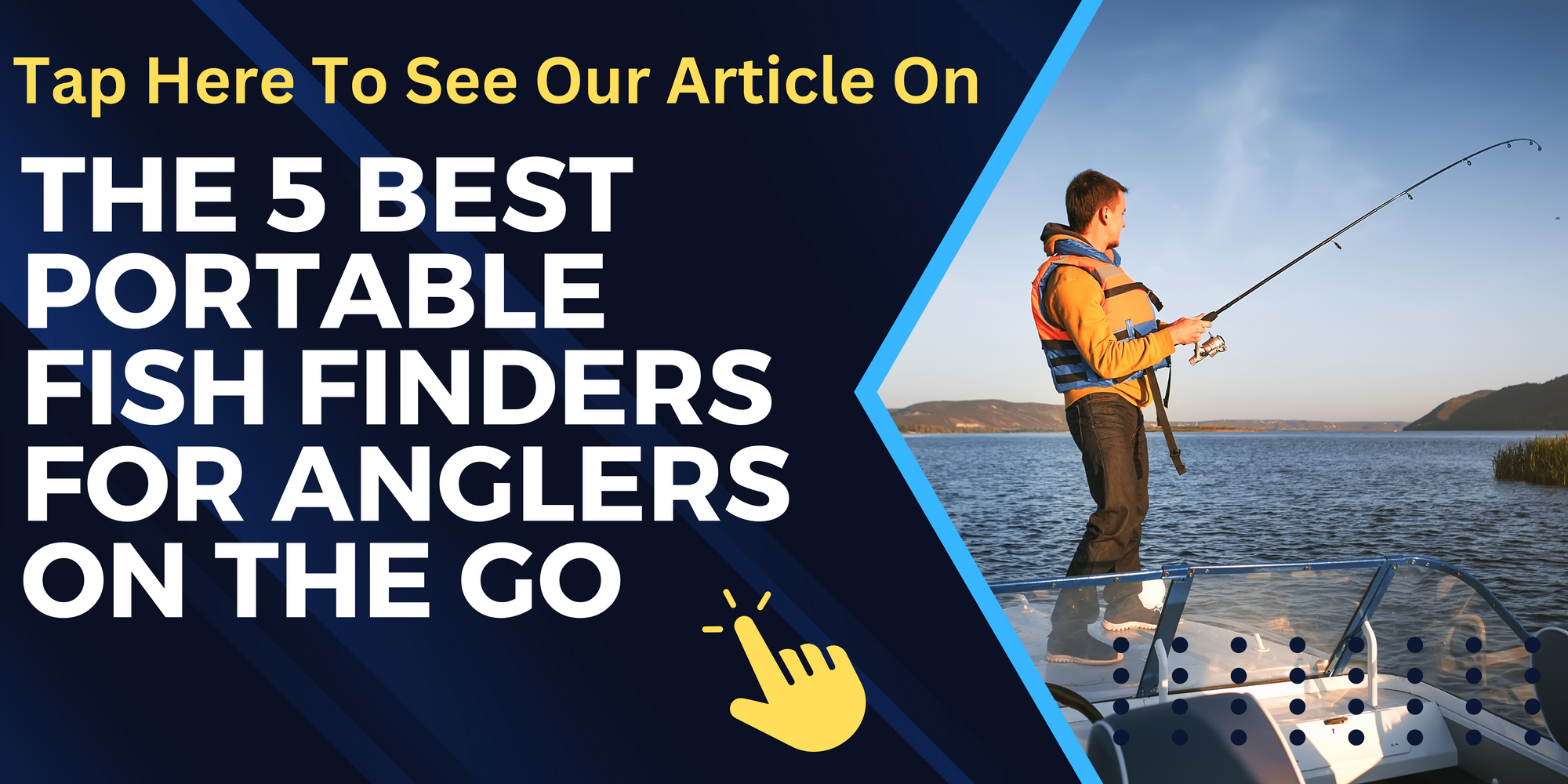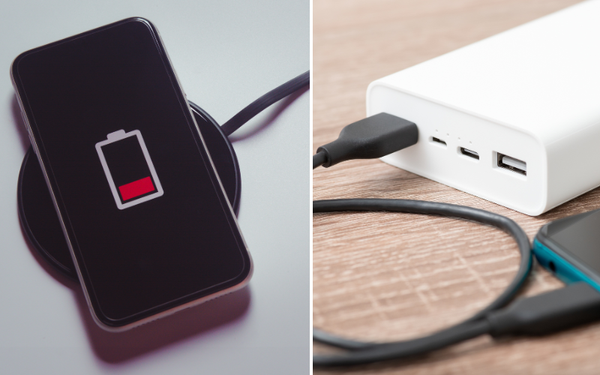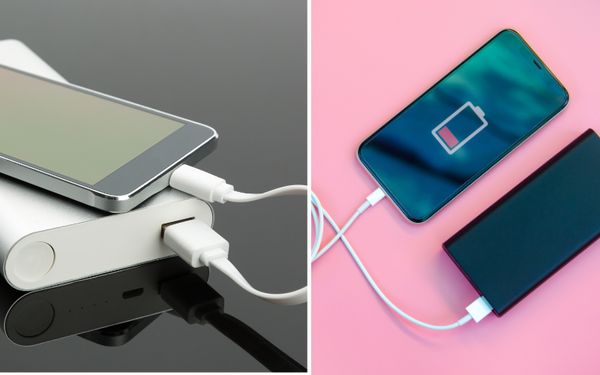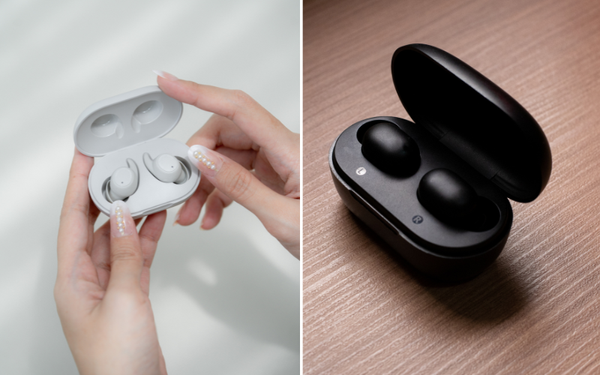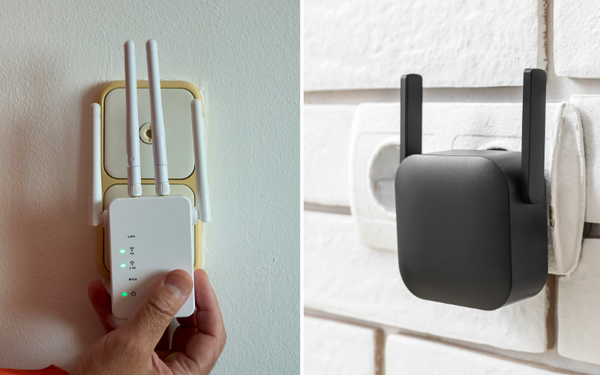Portable fish finders are becoming increasingly popular with recreational anglers.
If you’ve ever wondered how they work, you’re in luck!
We’re here to break down the basics of portable fish finders and explain how these devices use sonar technology to help you catch more fish.
Sonar is an acronym for Sound Navigation And Ranging.
Sonar systems emit sound waves and measure the time it takes for them to return after bouncing off objects in the water.
The echoes allow a sonar system to create an image of the seafloor and determine the presence, direction, size, shape, and composition of objects — such as schools of fish — in the water.
Portable fish finders are designed to detect objects that are at least two inches in length.
They typically come with a transducer (which emits sound waves) and a device that receives sound wave echoes from the transducer and displays them on a screen so that you can easily interpret them.
While most portable fish finders come with one transducer, some models have multiple transducers so that they can detect objects within a wider area.
Additionally, many models also come with GPS navigation capabilities so that you can mark your favorite fishing spots for future reference or view detailed maps of your local fishing grounds before you set out on your next trip.
The frequency at which a portable fish finder emits sound waves affects its sensitivity and depth range; higher frequencies result in higher resolution images but shorter depth ranges whereas lower frequencies result in lower resolution images but longer depth ranges.
As such, if you’re mostly fishing in shallow waters then you should opt for a model with high frequency while if you’re mostly fishing deep waters then you should opt for a model with low frequency.
Conclusion
Whether you’re an amateur angler or seasoned pro looking to get even better results out on the open sea, it pays to invest in a quality portable fish finder.
With just one of these handy gadgets at your disposal, you’ll be able to locate schools of fish quickly and accurately – giving yourself every chance at catching ‘em all!
So what are you waiting for? Get out there and start reeling ‘em in!
